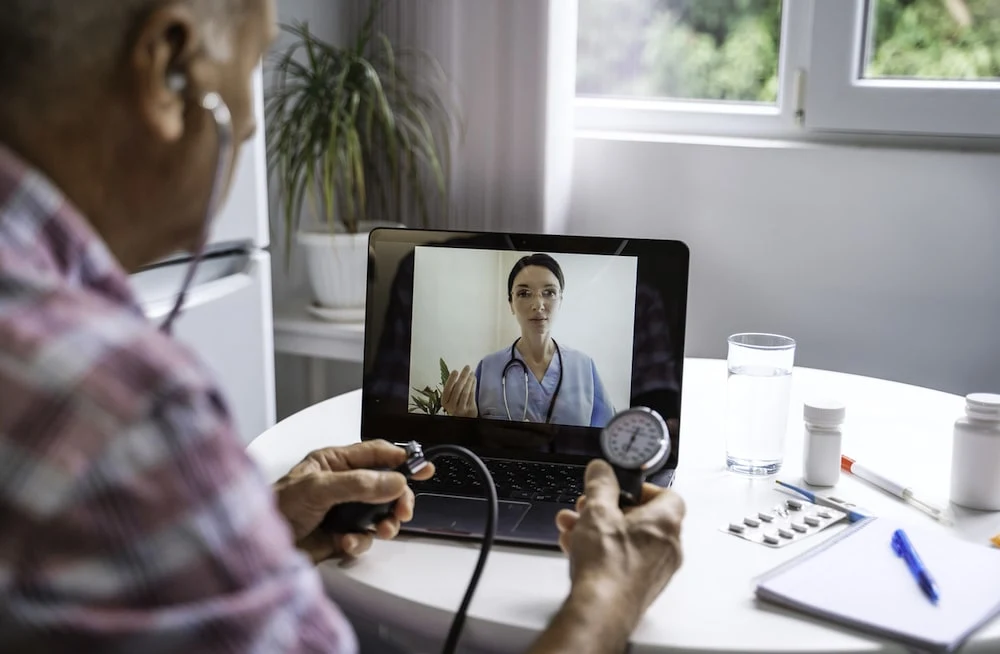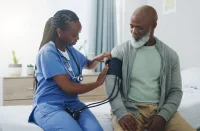Medically underserved populations are significantly affected by hypertension, being 40% more likely to develop the condition and three times more likely to die from heart diseases linked to uncontrolled blood pressure. The COVID-19 pandemic exacerbated these issues, leading to a mortality rate among these patients that was double that of the general public with chronic diseases.
Digital health technologies, such as self-monitoring devices and apps, have emerged as valuable tools to promote healthy habits and improve patient engagement. However, research on the effectiveness of these digital tools is mixed, with limited inclusion of medically underserved populations in studies.
A comprehensive medication management service called DIG IT was established in a Federally Qualified Health Center in Orange County, California. This initiative aimed to manage chronic conditions like uncontrolled hypertension through digital innovation and remote patient monitoring integrated with EHRs. The goal was to ensure equitable access to quality care and improve blood pressure control and cardiovascular disease risk scores for medically underserved patients.
The researchers compared two groups: 70 patients enrolled in the DIG IT programme, which utilised digital blood pressure monitoring, medication management, and a team-based care model, and a historical control group of 70 patients who received standard care without digital tools. The study focused on patients aged 40 and older with uncontrolled hypertension, monitoring their blood pressure and heart disease risk scores over three months.
Study findings show that patients in the DIG IT programme experienced an average systolic blood pressure reduction of 31 points, compared to a 15-point reduction in the control group. Diastolic pressure dropped by 11 points in the DIG IT group versus 5 points in the control group. The programme resulted in a significant reduction in the estimated American College of Cardiology 10-year risk of heart disease, with DIG IT participants showing twice the improvement compared to the control group. Nearly 73% of patients in the DIG IT programme achieved their blood pressure targets within three months, compared to 37% of the control group.
These results highlight the potential of remote monitoring programmes, such as DIG IT, to greatly improve blood pressure control and reduce heart disease risks in underserved populations. By integrating digital health tools with real-time care, these programmes offer timely interventions essential for managing chronic conditions.
Source: Annals of Family Medicine
Image Credit: iStock










